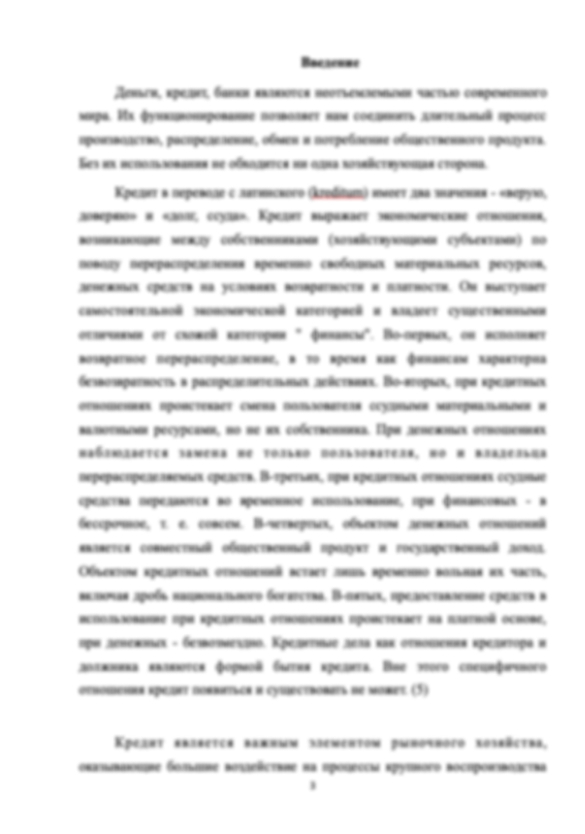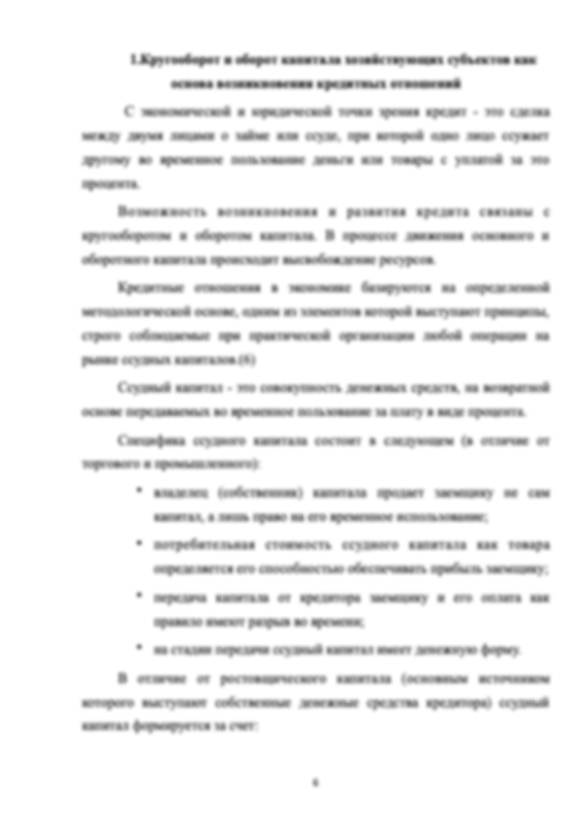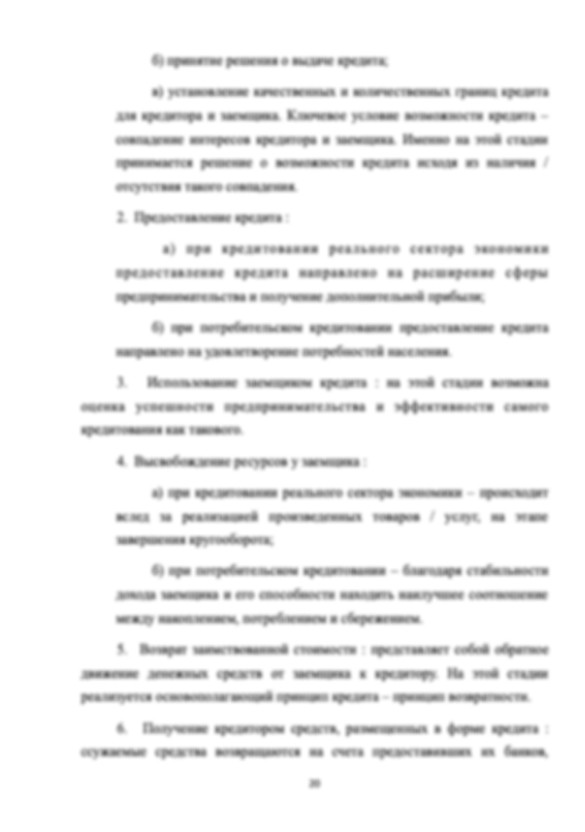Очень ответственный автор. Работы выполнена раньше срока, все пожелания и требования по работе учтены. Рекомендую
Информация о работе
Подробнее о работе

CONTRASTING VOICES IN ENGLISH
- 29 страниц
- 2017 год
- 29 просмотров
- 0 покупок
Гарантия сервиса Автор24
Уникальность не ниже 50%
Фрагменты работ
INTRODUCTION……………………………………………………….…3
CHAPTER 1. THE CONCEPT OF VOICE IN ENGLISH LANGUAGE………………………………………………………………………5
1.1. The category of voice in English………………………………………..5
1.2. Actualization of the grammatical concept “voice” in modern English language…………………………………………………………………………….6
CHAPTER 2. THE MAIN PECULIARITIES OF ACTIVE AND PASSIVE VOICE....................................................................................................8
2.1. Active voice itself and in contrast to passive………………………….…8
2.2. Passive Voice in English Traditional Grammar………………………...10
2.3. Peculiarities of using active, passive and middle voices in English language…………………………………………………………………………...13
CHAPTER 3. THE PRACTICAL USE OF VOICES…………………...18
3.1. Contextual use of grammatical oppositions…………………………….18
3.2. Contrasting voices as a means of English language…………………….24
CONCLUSION…………………………………………………………....27
REFRENCES……………………………………………………………...28
1.1. The category of voice in English
Distinguishing and examination of voice categories is a very controversial question. Difficulties which are concerned with the distinguishing of voice categories first of all are determined with the point that a grammatical meaning of this category is found to be very close to a lexical meaning of the verb by its content (meaning).
Difficulty of voice categories is also bound with the point that voice differences often intersect with such notions as transitivity and intransitivity. In the system of English language, voices are defined as a verbal category, in which the relation to its subject is denoted in the verbal form. The verb form can show whether a person or an object, is playing a role of subject, is the doer of an action or not, i.e. where this action takes its beginning: from the subject or to the subject.
...
1.2. Actualization of the grammatical concept “voice” in modern English language
As for modern English language, today we can say that there is a tendency to limit the use of forms of the passive voice and, consequently, the expansion of the functioning of the unmarked member of the opposition pledge forms in the active voice.
Perhaps later this will entail the neutralization of the morphological category of collateral. It is interesting in this context to include the Svartvik’s view, who emphasizes, “that the only reason for retaining the passive voice in modern English is the classical tradition” [21: 105].
According to the authors of the Encyclopedia of Language and Linguistics, the term voice, in a narrow sense, refers to morphological categories. As Asher R.
...
2.1. Active voice itself and in contrast to passive
The verbal category of Voice is an expression of relationship between an action and its subject and object. In other words, as a grammatical category, Voice shows the relation between the action and its subject, namely, it indicates whether the action is performed by the subject or passes on to it. As a result, Voice is connected with the sentence structure more than other verbal categories. There are two voices in English:
• The Active Voice, that shows that the action is performed by its subject, i.e. that the subject is the doer of the action. For ex., James sent me a letter.
• The Passive Voice that shows that the subject is acted upon, that it is the recipient of the action. For ex., A letter was sent to me by James.
The opposition is based on the direction of an action. According to the traditional approach to voice, verbal forms, among other peculiarities, indicate relations between an action and its subject, i.e.
...
2.2. Passive Voice in English Traditional Grammar
The concept of voice is defined in many grammar books and dictionaries. Following is a typical definition: “Voice is a grammatical category which makes it possible to view the action of sentence in two ways without change in the fact reported” [20: 54].
Among seven sentence patterns, three following ones allow passive transformations: S- V-0 (-A), S-V-O-O (-A), S- V-0-C (-A). In addition, passive constructions include:
• Special passive constructions,
• The causative
• Pseudo-passive.
Passive constructions S - V - O (- A):
In this sentence pattern, the passive comes when the object is a noun phrase, a finite clause.
When the object is a non-finite clause (infinitive and -ing participle), reflexive pronoun there is no passive constructions.
However, for a limited group of verbs like advise, insist, propose, recommend, suggest, agree, arrange, determine, demand, decide, etc., the passive construction is “that ...
...
3.1. Contextual use of grammatical oppositions
One of the most topical problems of modern linguistic investigations is the problem of the contextual use of grammatical oppositions in the process of communication. In this case, we deal with the syntagmatic aspect of morphology or syntagmatic paradigmatics. We offer this oxymoronic term to underline the importance of taking into account paradigmatic relations existing in the system of the language for the analysis of speech.
It is especially necessary when we deal with the phenomenon of oppositional reduction based 90 on the neutralization of paradigmatic oppositional contrast in speech and the phenomenon of grammatical antonymy based on the intensification of this contrast in the context. Our working hypothesis is that both phenomena are affected by speaker’s intentions. In other words, they perform some intentional functions.
We shall analyze intentional functions of oppositional reduction in general.
...
1. Алексеев М.Е. Проблема аффективной конструкции предложения: Автореф. дисс.. канд. филологических наук. М., 1975.
2. Болдырев Н. Н. Функциональная категоризация английского глагола. Изд. 2-е. М.: URSS, 2009.
3. Блох М. Я. Теоретическая грамматика английского языка. – М.: Высшая школа, 2000. – 381 с.
4. Блох М. Я. Теоретические основы грамматики. – М.: Высшая школа, 1999. – 356 с.
5. Гухман М.М. Развитие залоговых противопоставлений в германских языках, Москва: Наука, 1964. – 294 с.
6. Гухман М.М. (ред.) Историко-типологическая морфология германских языков: Именные формы глагола, категория наречия, монофлексия, Москва: Наука, 1978. – 176 c.
7. Иванова И.П., Чахоян Л.П., Беляева Т.М. История английского языка. Учебник. Хрестоматия. Словарь. – СПб.: Издательство “Лань”, 1999. – 353 с.
8. Качалова К. Н., Израилевич Е. Е. Практическая грамматика английского языка: Учебник. – М.: “ЮНВЕС”, 2001. – 603 с.
9. Питолина Н. В. Аспектуальный и залоговый потенциал глагольно-именных предикатных сочетаний и сфера его реализации // Когнитивная лингвистика: ментальные основы и языковая реализация: Сборник статей к юбилею профессора Н. А. Кобриной. СПб.: Тригон, 2005.
10. Смирницкий А. И. Морфология английского языка. М.: Изд-во лит-ры на ин.яз., 1959.
11. Штелинг Д. А. Грамматическая семантика английского языка. Фактор человека в языке: Учебное пособие. М.: МГИМО, 1996.
12. Asher, R.E. (1994). The Encyclopedia of Language and Linguistics: Volume 6-9.New York: Pergamon Press
13. Bondarko A.V. Problem of Intentionaly in Grammar // Voprosy Yasykoznaniya. 1994. №2. P. 29-42.
14. Blokh M.Y. A Course in Theoretical English Grammar. M.: Vysshaya Shkola, 2000.
15. Boyeva (Boeva-Omelechko) N.B. Grammatical Antonymy in Modern English: dis. for the degree of the doctor of philology. M., 2001.
16. Chomsky, Noam (1970), Current Issues in Linguistic Theory, Berlin and New York: Mouton de Gruyter.
17. Hornby A. S. Oxford Advanced Learner's Dictionary of Current English. Oxford University Press, 2000.
18. Lakoff, G., and Peters, P.S. 1966. Phrasal Conjunction and Symmetric Predicates. In Report NSF-17, Harvard Computation Lab. Reprinted in Reibel and Schane ed., Modern Studies in English, Prentice Hall, 1969.
19. Leech G. Meaning and the English Verb. London: Longman Group, 1971.
20. Quirk, R. et al. (1973). A university grammar of English. England: Longman.
21. Svartvik J. On the voice of the English verb. – The Hague-Paris: Mouton & Co, 1966.
22. Stevenson M. English Syntax. Boston; Toronto: Little Brown & Company, 1987.
23. Swan, M. (1997) Practical English Usage. Oxford University.
24. Thomson L.C (1965) A Vietmese Grammar. Eatle and London: University of Washington Press.
25. Thomson, A.J. &Martinet;, A.V. (1986). A practical English grammar. Oxford: Oxford University Press.
26. Wodehouse. P.G. Carry on, Jeeves / Popular classics. L.: Macmillan London Ltd, 1995.
Форма заказа новой работы
Не подошла эта работа?
Закажи новую работу, сделанную по твоим требованиям


